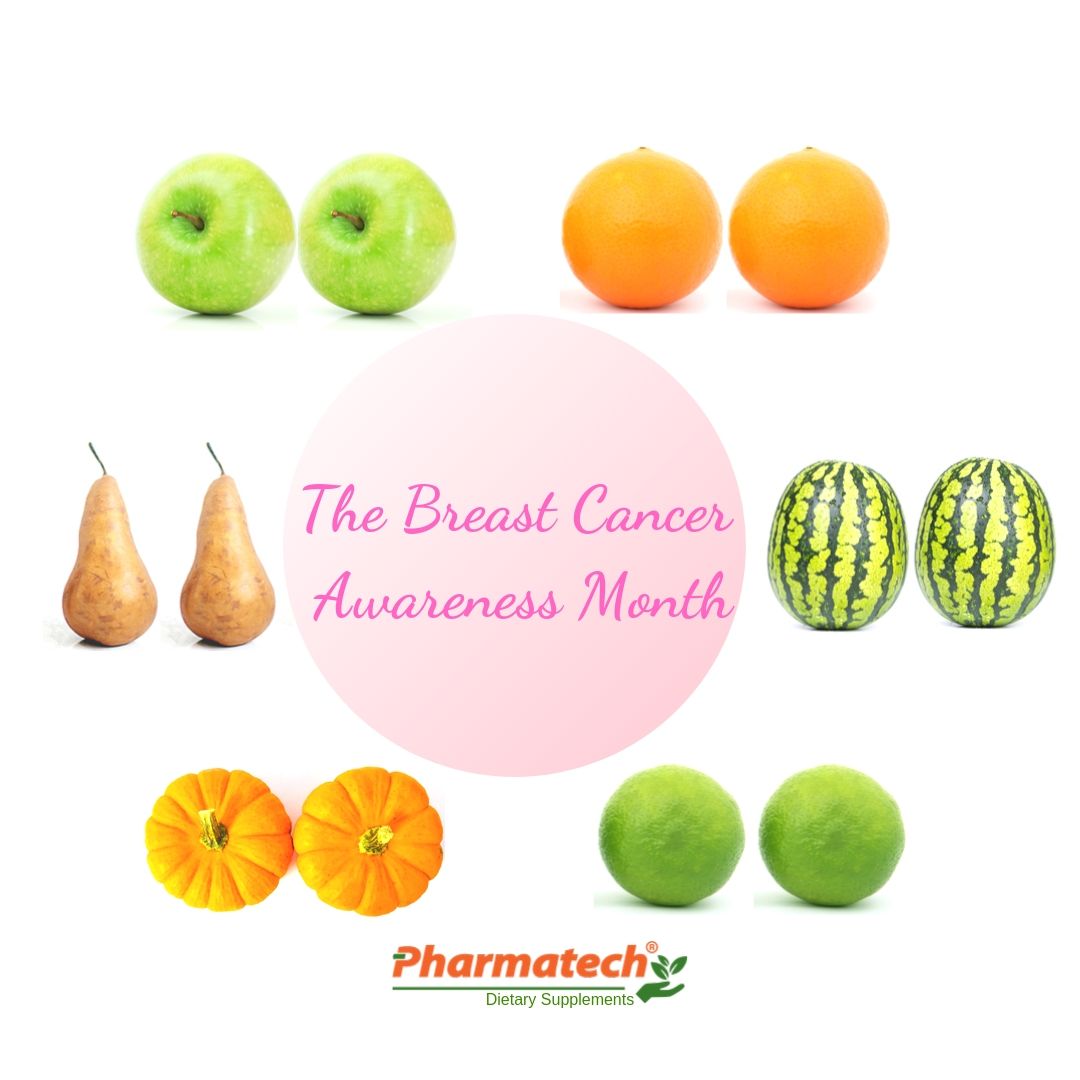As we age some of our bone cells begin to dissolve bone matrix (resorption), while new bone cells deposit osteoid (formation). This process is known as remodeling.
Osteoporosis is a disease in which the density and quality of bone are reduced. As bones become more porous and fragile, the risk of fracture is greatly increased. The loss of bone occurs silently and progressively. Often there are no symptoms until the first fracture occurs.
The prevention of osteoporosis begins with optimal bone growth and development in youth.
Children and adolescents should:
- Ensure a nutritious diet with adequate calcium intake
- Avoid protein malnutrition and under-nutrition
- Maintain an adequate supply of vitamin D
- Participate in regular physical activity
- Avoid the effects of second-hand smoking
Adults should:
- Ensure a nutritious diet and adequate calcium intake
- Avoid under-nutrition, particularly the effects of severe weight-loss diets and eating disorders
- Maintain an adequate supply of vitamin D
- Participate in regular weight-bearing activity
- Avoid smoking and second-hand smoking
- Avoid heavy drinking
VITAMIN D
Vitamin D is essential for the development and maintenance of bone, both for its role in assisting calcium absorption from food in the intestine, and for ensuring the correct renewal and mineralization of bone tissue.
Sources of vitamin D
Vitamin D is made in the skin when it is exposed to ultraviolet B rays; in children and adults exposure of the hands, face and arms to the sun for 10 to 15 minutes per day is usually sufficient for most individuals. However, how much vitamin D is produced from sunlight depends on the time of day, where you live in the world and the color of your skin. Vitamin D can also be obtained from food, and dietary supplements.
CALCIUM
Calcium is important for preventing osteoporosis and bone disease, as it’s a major building-block of our bone tissue – our skeleton houses 99 % of our body’s calcium stores. The calcium in our bones also acts as a reservoir for maintaining calcium levels in the blood, which is essential for healthy nerves and muscles.
The amount of calcium we need to consume changes at different stages in our lives. Calcium requirements are high in our teenage years with the rapid growth of the skeleton1. With age, the body’s ability to absorb calcium declines, which is one of the reasons why seniors also require higher amounts. https://pharmatech-usa.com/product/calcifor-extra-with-d-3/
MAGNESIUM
Magnesium helps your body absorb and retain calcium to help build and strengthen bones and prevent osteoporosis. Since your body is not good at storing magnesium, it is vital to make sure you get enough of it in your diet.
Osteoarthritis, also known as “wear and tear” arthritis, occurs when the cartilage that cushions and protects the ends of your bones gradually wears away. This leads to pain and stiffness that worsens over time, making it difficult to do daily activities.
Osteoarthritis is the most common form of arthritis. It develops slowly and most often occurs during middle age.
Glucosamine and chondroitin are structural components of cartilage, the tissue that cushions the joints. Both are produced naturally in the body. They are also available as dietary supplements. Researchers have studied the effects of these supplements, individually or in combination, on osteoarthritis, a common type of arthritis that destroys cartilage in the joints. https://pharmatech-usa.com/product/glucosamine-and-chondroitin-complex/
In osteoarthritis, the surface layer of cartilage between the bones of a joint wears down. This allows the bones to rub together, which can cause pain and swelling and make it difficult to move the joint. The knees, hips, spine, and hands are the parts of the body most likely to be affected by osteoarthritis.
Sources: iofbonehealth.org, helpguide.org, nccih.nih.gov


 Healthy Body Guide
Healthy Body Guide